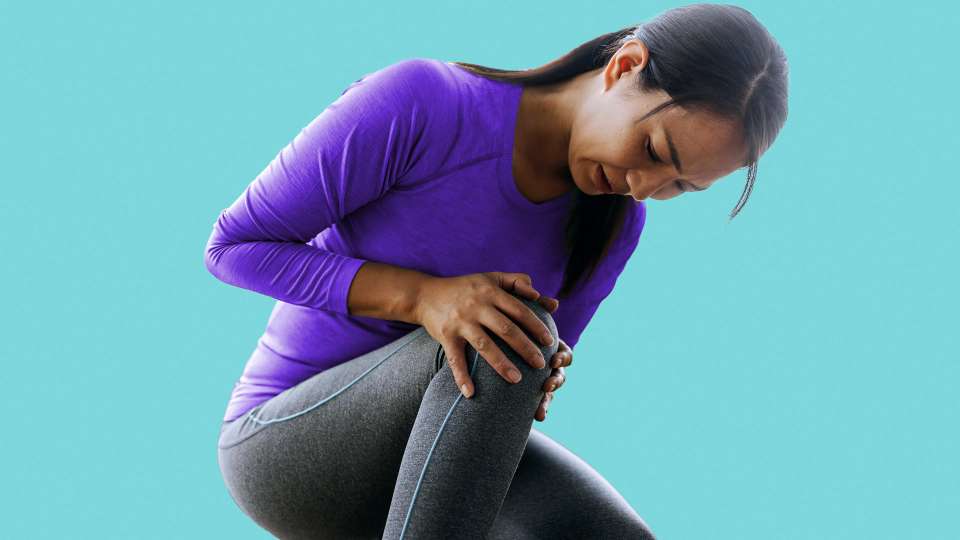3 Simple Ways to Help Runner’s Knee

Knee pain can strike any runner, from novice to seasoned veteran. One cause of knee pain is so common in running athletes, it has been dubbed “runner’s knee.”
The medical term for this problem is patellofemoral syndrome — so called because it is caused by abnormal forces between the patella (kneecap) and the femur (thigh bone). Normally, the kneecap rests in a groove at the tip of the femur. Abnormal tracking of the kneecap in this groove causes soreness.
Fortunately, this condition usually responds to appropriate treatments.
What does runner’s knee feel like?
Runner’s knee commonly causes pain behind the kneecap. This pain worsens with positions or activities that increase the pressure between the kneecap and the femur.
Often, the pain is worse after sitting for prolonged periods, or while climbing or descending stairs. Swelling may occur, and the knee may feel unstable. Runners may notice pain during their run, a short while after running, or even the day after a workout.
What causes runner’s knee?
The cause of runner’s knee is not fully understood. Traditionally, weakness of the vastus medialis (the innermost quadriceps muscle) was thought to contribute to abnormal tracking of the kneecap and result in pain.
More recently, weakness of the hip muscles, such as the gluteus medius (hip abductor), has been recognized as a contributing factor. The hip muscles support the body and control the femur during running. When these muscles are weak, the thigh may drift inward and contribute to abnormal tracking of the kneecap. While runners are usually strong in their hip flexors due to their training, they are often weak in hip abductor strength.
How is runner’s knee treated?
Whatever the cause, runner’s knee is easily treated.
Initially, you can try:
- Icing the affected knee for approximately 20 minutes several times per day.
- Taking over-the-counter medications such as acetaminophen (like Tylenol) or anti-inflammatory medicines (like Advil).
- Taking a rest from running.
If these first steps do not provide adequate relief, see your doctor or sports medicine specialist for other treatment options. These might include a specialized brace or taping to stabilize and support the kneecap. Measures to optimize biomechanics can help provide lasting relief from runner’s knee. These include using orthotics when appropriate, and a physical therapy program to strengthen those weak muscles that are crucial in supporting the knee.
Mark Harrast, MD, is a sports medicine physician and medical director of the Sports Medicine Center at Husky Stadium and the UW Medicine Seattle Marathon. He specializes in diagnosing and treating sports-related injuries and illnesses in endurance athletes, runners and triathletes. He is also an accomplished competitive endurance athlete himself.

 Healthy ideas for your inbox
Healthy ideas for your inbox





